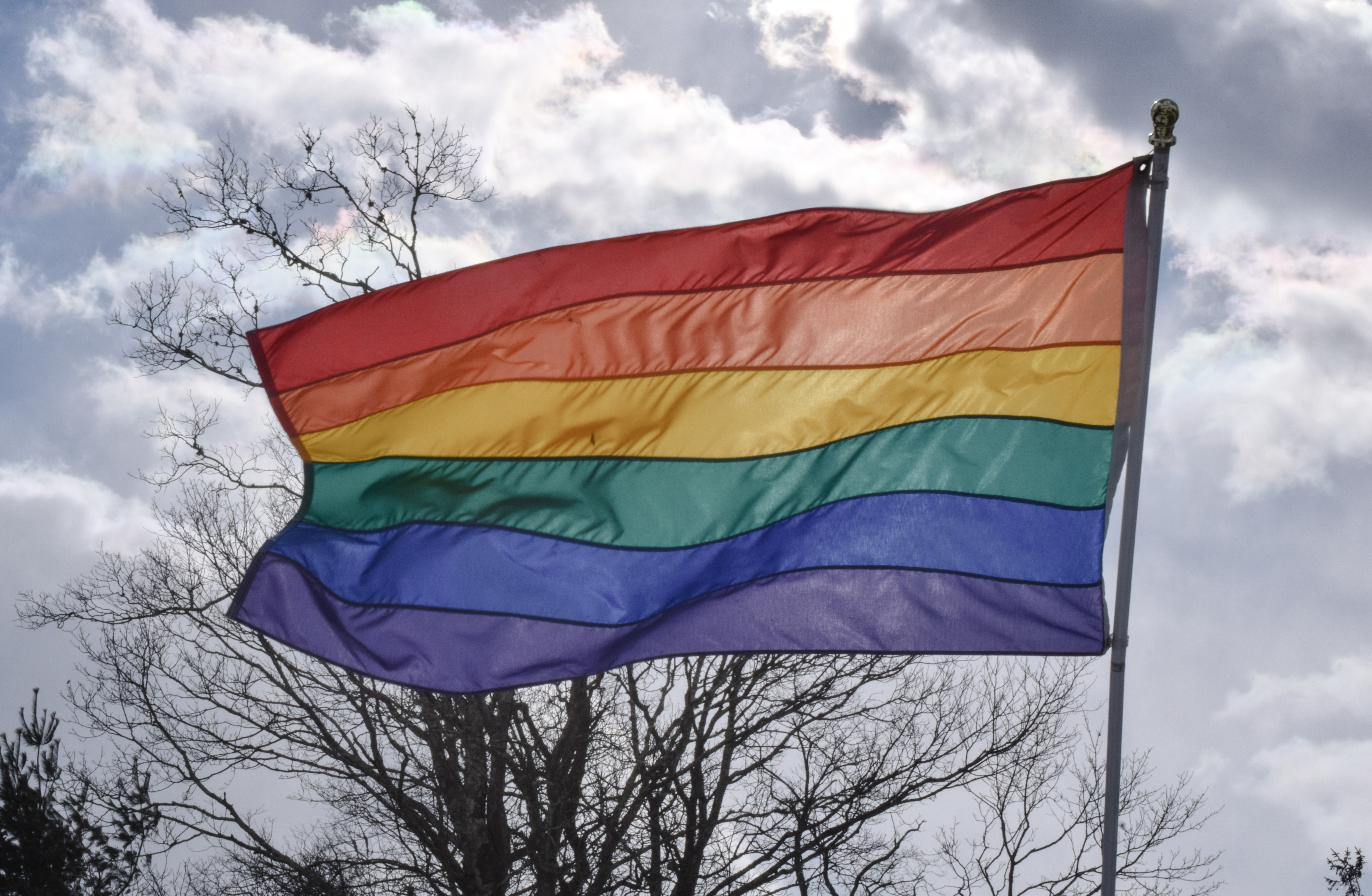Young LGBTQ people are inspired by those in the media to take action into their own hands as LGBTQ media continues to gain attention. Photo by Anna Meassick.
When Ellen Degeneres came out on her popular sitcom in 1997, the modern entertainment industry was rattled to the core. Television and movie producers faced the dilemma of whether they should continue to ignore marginalized LGBTQ (lesbian, gay, bisexual, transgender, queer) people or risk ratings by introducing characters that were something other than heterosexual and cisgender
“TV was historically very white, straight and cisgender, but now there’s a real call for diversity as people are finally fed up with not seeing themselves represented,”
In addition to putting pressure on the entertainment industry, widespread access to technology is inspiring young LGBTQ people to take matters into their own hands.
“YouTube allows consumers to also be the creators,” Vaccaro said. “If you’re not seeing yourself represented, it’s a great way to represent yourself for little to no cost.”
Luckily, LGBTQ media isn’t just making strides through platforms such as web series and YouTube, but through global corporate giants as well. Recently, Disney aired the coming out of the character Cyrus on the TV show “Andi Mack,” making him the first openly gay character in the company’s history.
URI sophomore Meghan Hennedy was genuinely shocked when Disney debuted its first gay character.
“I think it’s a great thing though,” Hennedy said. “Especially because Disney is such a huge company and has a lot of sway when it comes to the minds and opinions of young children. Disney has historically been very concerned with how parents react to their shows and movies, so it shows a lot of growth that they were willing to forget that and have a gay character.”
Though the entertainment industry has made progress, many people still think that children should be sheltered from exposure to LGBTQ experiences. In fact, even the most progressive people have very strong opinions about what kind of representation kids should be exposed to.
“In old Disney movies, there is really explicit heterosexuality of kissing and handholding, and that’s considered normal, but as soon as someone comes out as gay, it’s not,” Vaccaro said. “I would like to see this become a transformative moment for children’s television.”
However, more representation for LGBTQ people does not necessarily result in accurate representation. In fact, while most TV shows from the past 10 years have at least one gay character, they are often riddled with stereotypes and misconceptions.
“I think that sometimes characters who are gay men can be very stereotypical and used as a prop or a joke,” said Vaccaro. “This can be very problematic and actually very detrimental to the LGBTQ community.”
In addition to stereotypes, the current representation mainly focuses on the most “fundamental” or “well-known” members of the LGBTQ community.
“Right now the majority of representation is centered around gays and lesbians,” said freshman Ellie Guiliani. “There are a lot more letters to LGBTQIA+ than that. There is also a racial aspect to it. Hollywood focuses on the experiences of white LGBTQ members, and has yet to really dive into how different the experiences of LGBTQ people of color are.”
As the collective culture raises its standards in everything from the Me Too movement to Black Lives Matter to LGBTQ representation, we will start to look past the media’s stereotypes and find the truth in all identities.
According to Vaccaro, recent shows like “Queer Eye” and “Sex Education” are truly progressive in that they depict the exploration of sexuality and focus on human development and relationships in a natural and positive way.
“I think that creators of that kind of content are finally starting to understand how to gracefully make their shows diverse,” Vaccaro said.
While the entertainment industry has made great strides for representing a diverse array of identities, there is no doubt that LGBTQ community members of all ages are still waiting for more representative media to – for lack of a better phrase – come out.




